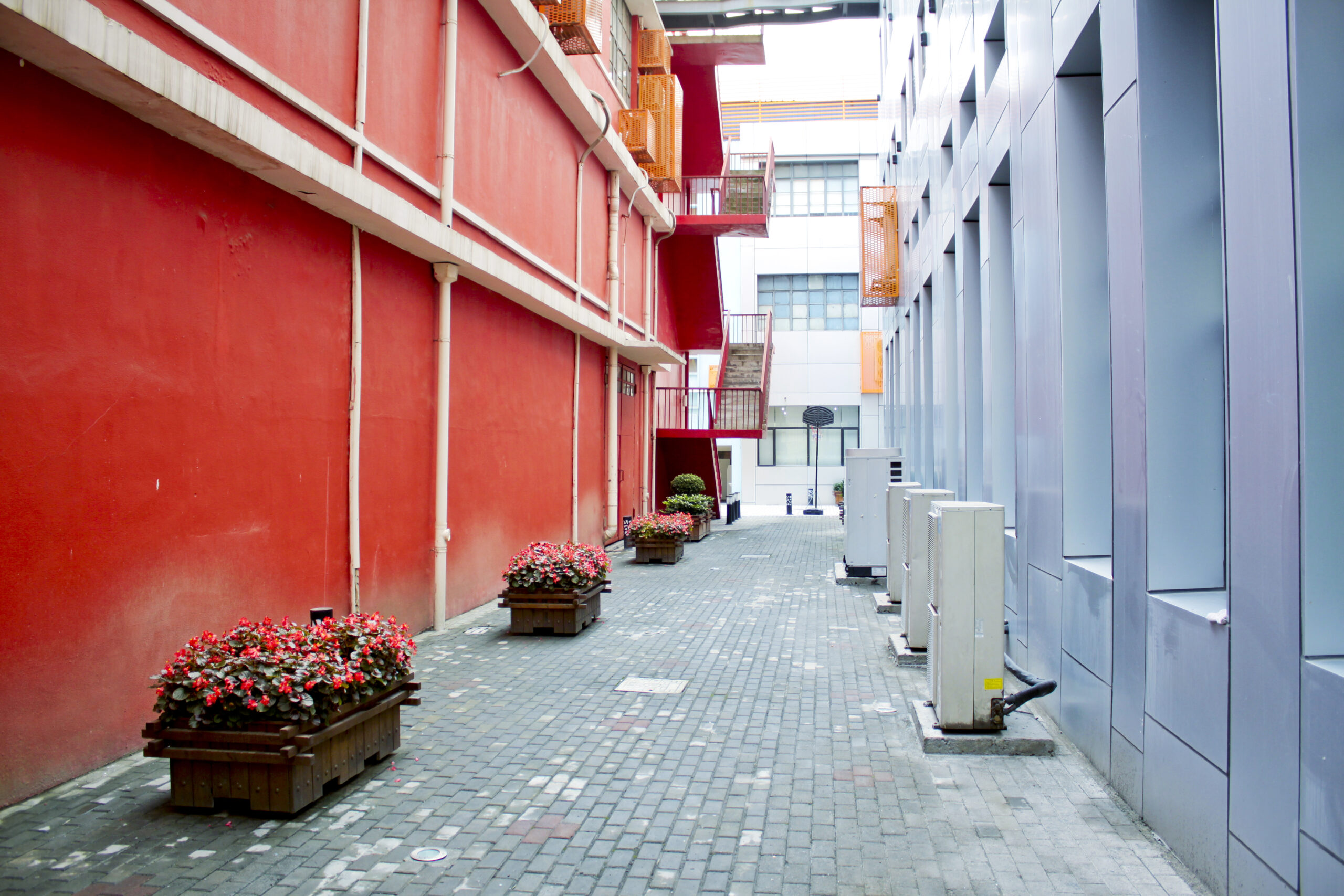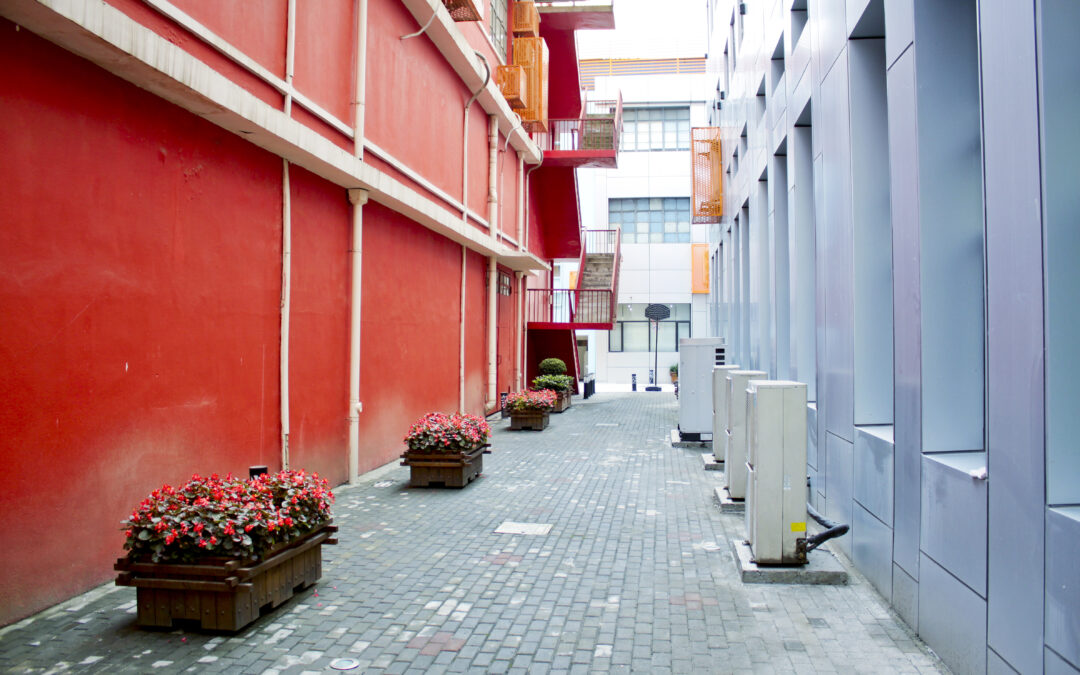When disaster strikes, the true test of your family’s readiness unfolds. Are you equipped to tackle emergencies that may arise? Understanding the types of disasters you could face is the first step in ensuring safety for yourself and your loved ones.
*Understanding the Threat: Types of Disasters You Need to Prepare For**
Disasters come in a myriad of forms, each presenting unique challenges. Natural calamities such as hurricanes, earthquakes, floods, and wildfires can wreak havoc without warning. On the other hand, human-made threats like chemical spills or terrorist attacks also loom large. Knowing which disasters are most likely to occur in your area can help you tailor your preparedness strategy effectively. Research local risks and understand their potential impact—this knowledge is power.
*Creating a Family Emergency Plan: Steps for Every Household**
Once you’ve grasped the threats that lie ahead, it’s time to take action by crafting a family emergency plan. Begin by designating a safe meeting place where everyone can regroup if separated during an emergency. Establish communication routes; set up a group chat or assign specific contacts outside your immediate area as points of reference. Additionally, ensure every family member knows basic information like home addresses and phone numbers. Familiarity with this plan boosts confidence when chaos reigns.
*Building Your Emergency Kit: Essential Supplies You Must Have**
A well-stocked emergency kit can make all the difference when calamity strikes. Start with essentials: water (one gallon per person per day for at least three days), non-perishable food items (think energy bars and canned goods), first aid supplies, flashlights with extra batteries, and essential medications. Don’t forget personal hygiene items and important documents—keeping these in waterproof containers is wise! Regularly check and replenish your kit every six months so that everything remains current.
*Staying Informed: Utilizing Technology and Resources for Alerts**
In today’s world, staying informed about impending disasters has never been easier thanks to technology. Download weather apps that provide real-time alerts tailored to your location. Sign up for notifications from local government agencies or community organizations—these resources often relay crucial updates regarding evacuations or shelters during crises. Social media platforms also serve as valuable tools for gathering information quickly; follow credible sources to stay ahead of potential dangers.
*Drills and Training: How to Practice Your Emergency Response**
Preparation doesn’t stop at planning—it requires practice too! Conduct regular drills with your family so everyone understands their roles during emergencies. Fire drills are essential but extend this concept to various scenarios including earthquake safety or severe weather protocols. Discuss what actions each family member should take based on different situations; practice makes perfect! Engaging children in these exercises fosters confidence while reinforcing vital skills they may need one day.
Thank you for reading this post, don't forget to subscribe NOW for FREE!
*Community Involvement: Why Your Neighborhood Matters During Disasters**
Lastly, remember that disaster preparedness extends beyond individual households—it encompasses entire communities! Engage with neighbors through workshops or local programs focused on emergency response training, sharing resources strengthens bonds within neighborhoods during challenging times. Create neighborhood watch groups dedicated to monitoring potential threats together; collective vigilance ensures everyone’s safety.

Ultimately, proactive measures pave the way toward resilience against unforeseen events—a secure future begins today! So ask yourself: is your family prepared? Let’s find out together!
Related Content
- Protecting Your Home from Severe Storm Damage
- Guide to Stockpiling Medications for Long-Term Emergencies
- The Importance of Mental Health in Long-Term Disaster Survival
- Preparing for the Worst: A Comprehensive Checklist for Disaster Preparedness
- Surviving the First 72 Hours of a Crisis: What You Need to Know






